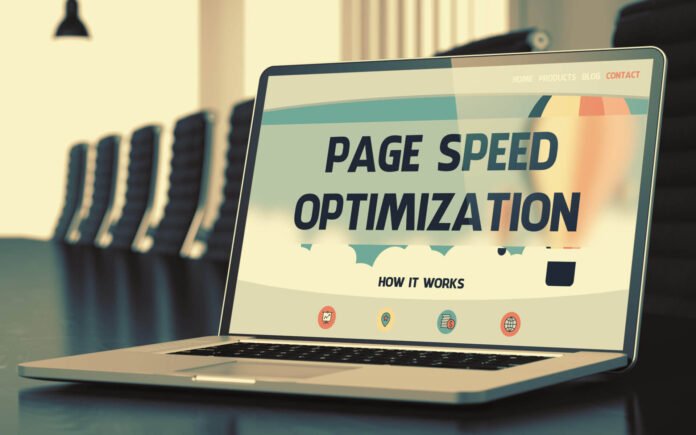In the digital realm, where patience is as thin as a webpage is wide, the speed at which page loads can be the thin line separating a thriving online presence from a forgotten tab in a browser’s history. Page speed optimization is not merely a technical checkbox but a foundational element of web user experience, affecting everything from bounce rates to search engine rankings. This guide plunges into the depths of enabling lightning-fast load times, ensuring your website not only captures but also retains attention in the blink of an eye.
The Essence of Speed in the Digital Age
Imagine, if you will, a visitor stepping into the vast library of the internet, searching for a specific time. The faster they can locate and flip through the pages of the desired book, the happier they are. Your website is one such tome, and its pages need to turn swiftly and smoothly. Google and other search engines have long recognized this, incorporating page speed into their algorithms. A sluggish website is akin to a dusty, abandoned bookshelf that visitors will bypass for a cleaner, more accessible collection.
The Multifaceted Approach to Optimization
The Need for Speed Analysis
Firstly, diagnosing the current speed of your website is crucial. Tools like Google’s PageSpeed Insights not only provide a speed score but also dissect the components contributing to your site’s performance, offering a treasure trove of actionable insights.
The Art of Compressing and Caching
Images, the heavyweight champions of the internet, can be double-edged swords. They enrich content but can drag load times to a crawl. Compressing images without sacrificing quality is akin to magic, reducing load times dramatically. Furthermore, leveraging browser caching—storing parts of your site on visitors’ devices for faster access upon return—can significantly speed up consecutive visits.
The Dance of Code Minification
Every character in your website’s code takes time to process. Stripping away all unnecessary characters without affecting functionality—minification—results in a leaner, faster-loading site. This is a delicate dance, ensuring the code remains effective while shedding any excess weight.
The Strategy of Using a Content Delivery Network (CDN)
A CDN is like having multiple doorways across the globe for your website, allowing users to enter from the closest point. This network of servers can dramatically decrease load times for users far from your website’s primary server.
The Critical Path to Prioritization
Not everything on your page is of equal importance. Prioritizing the loading of critical elements can make your site appear to load faster, even if it’s doing the heavy lifting in the background. This is the sleight of hand in web optimization, showing the audience the trick before the setup is complete.
Embracing the Journey
Embarking on the journey of page speed optimization is no small feat. It’s a continuous process of analysis, adjustment, and anticipation of evolving web standards and user expectations. Remember, the goal is not just to make your website fast but to make it feel instantaneous.
As we wrap up this exploration, consider this: in the vast, ever-expanding universe of the internet, ensuring your website can be accessed swiftly and seamlessly is not just about staying competitive; it’s about offering a beacon of light in the digital darkness, guiding users to your content with the promise of lightning-fast load times.
Embrace the challenge, for the reward is a vibrant, thriving online presence, engaging and retaining users who may have otherwise slipped through the cracks of slow load times. This is the ultimate guide to page speed optimization, a testament to the power of speed in the digital age.
Also, read more at “kiendel.com“
